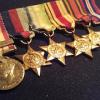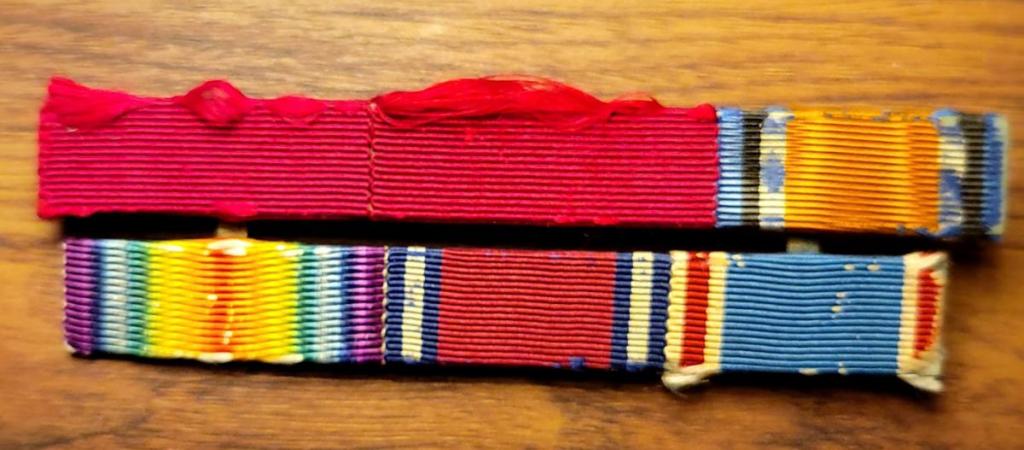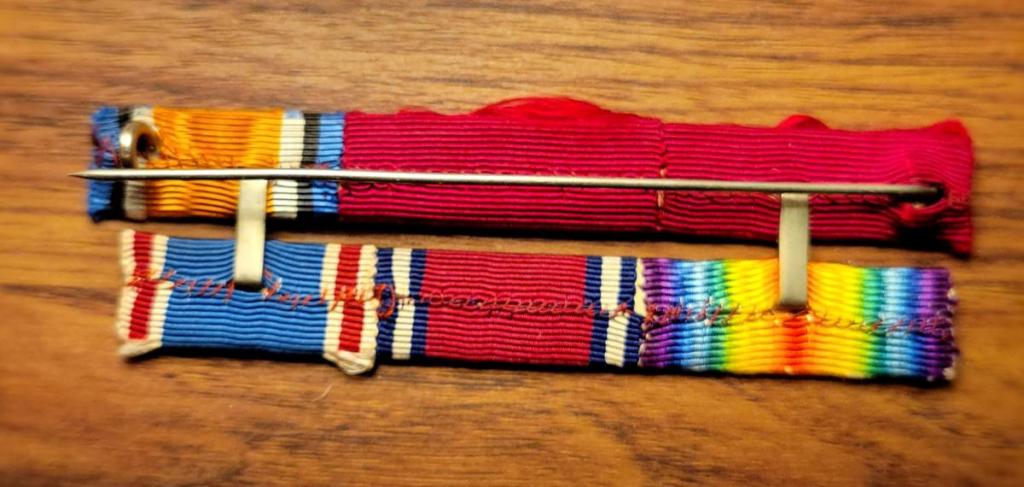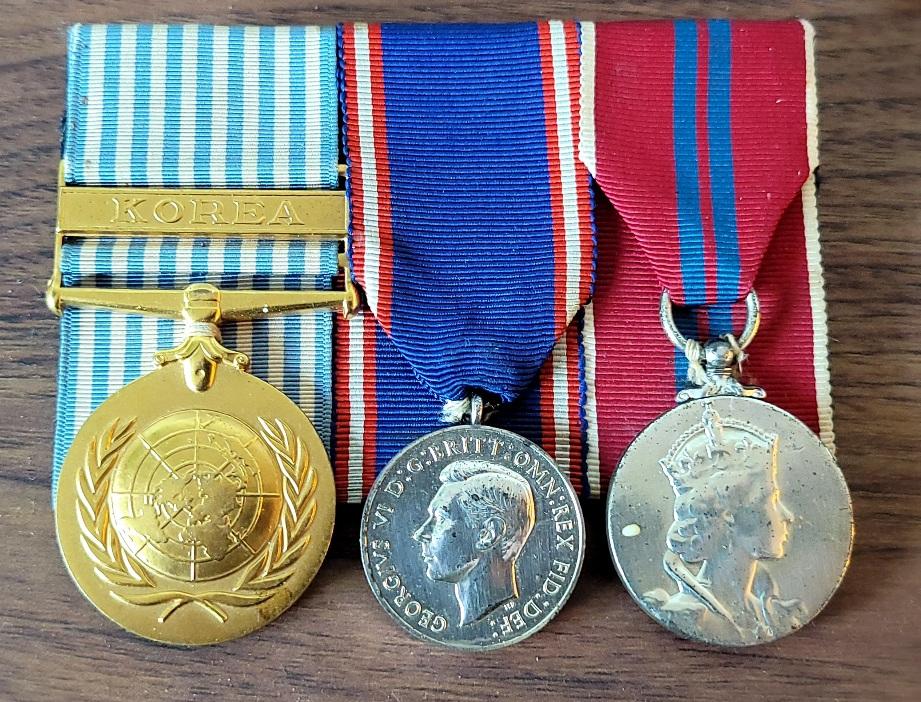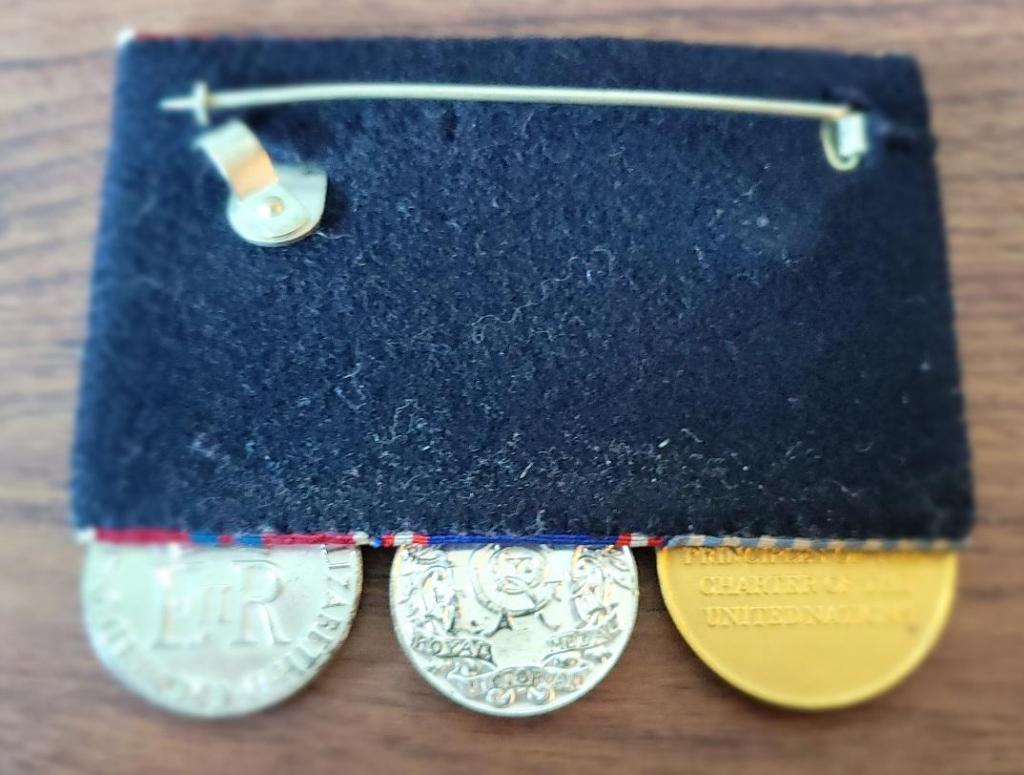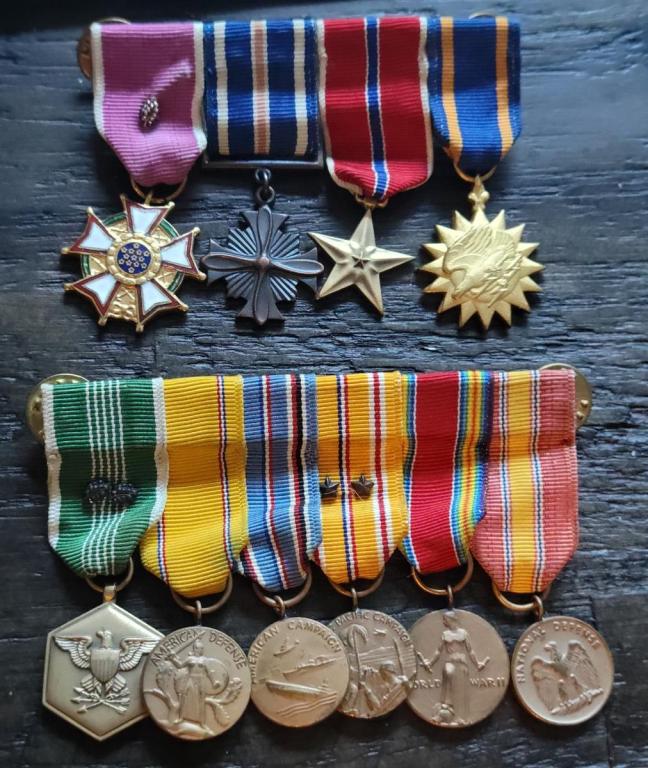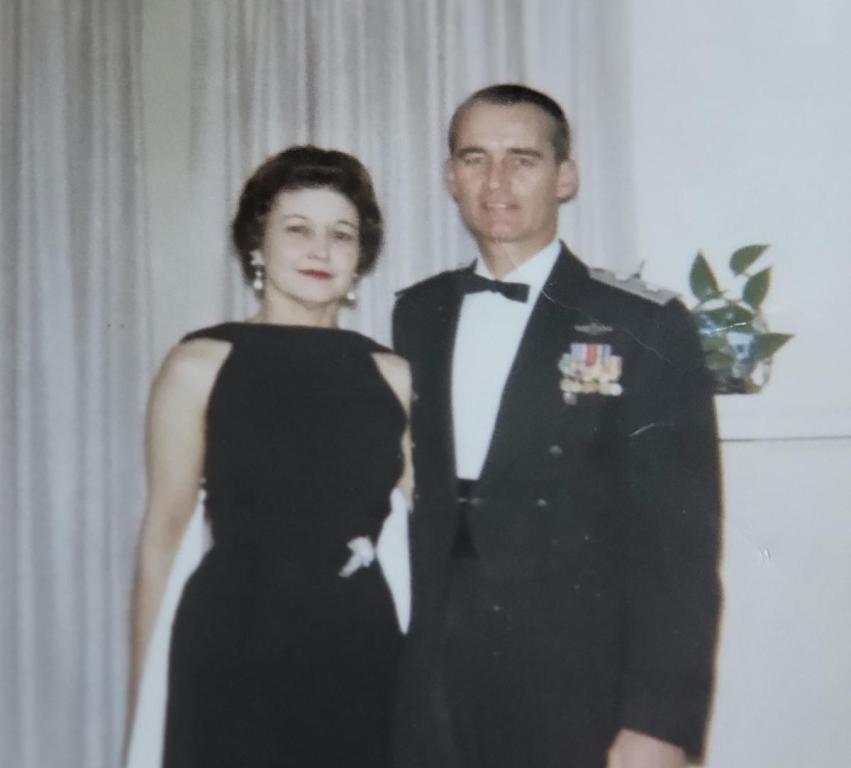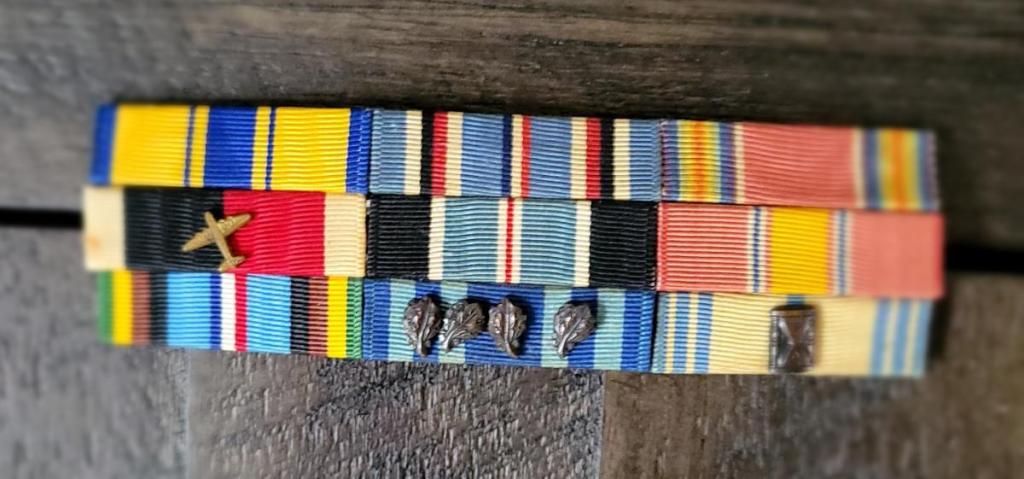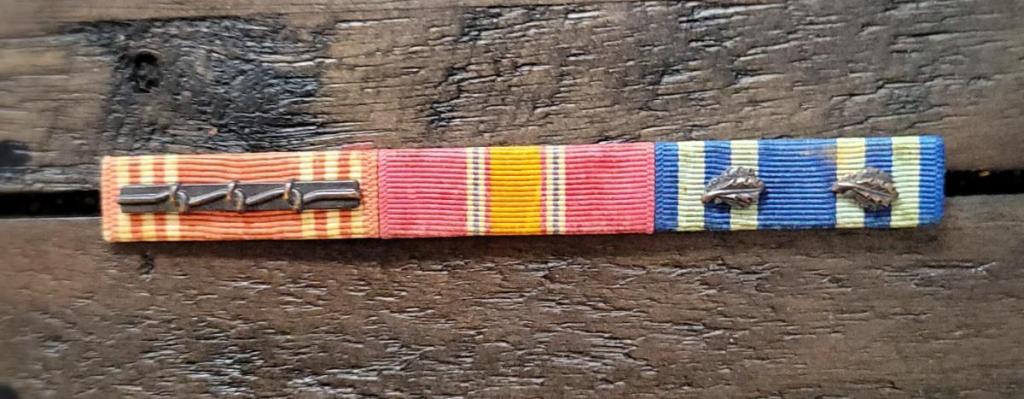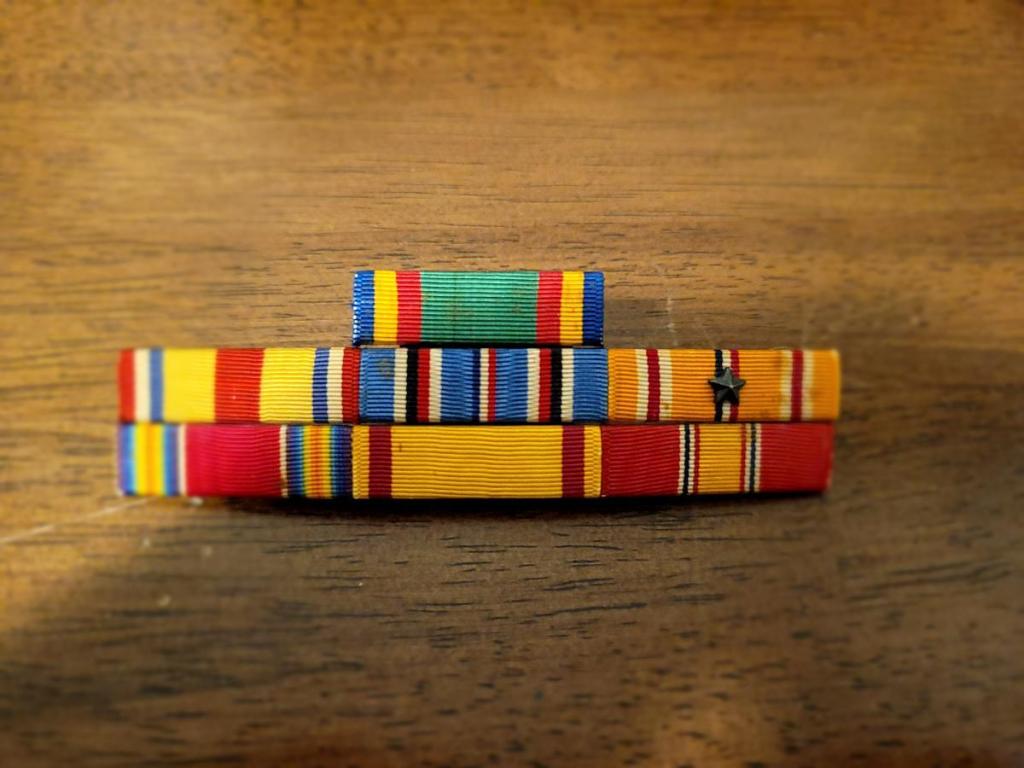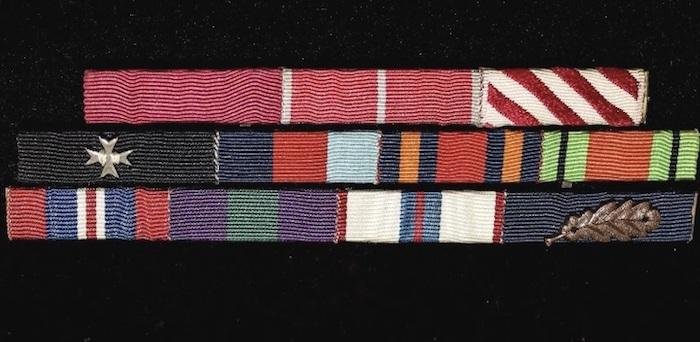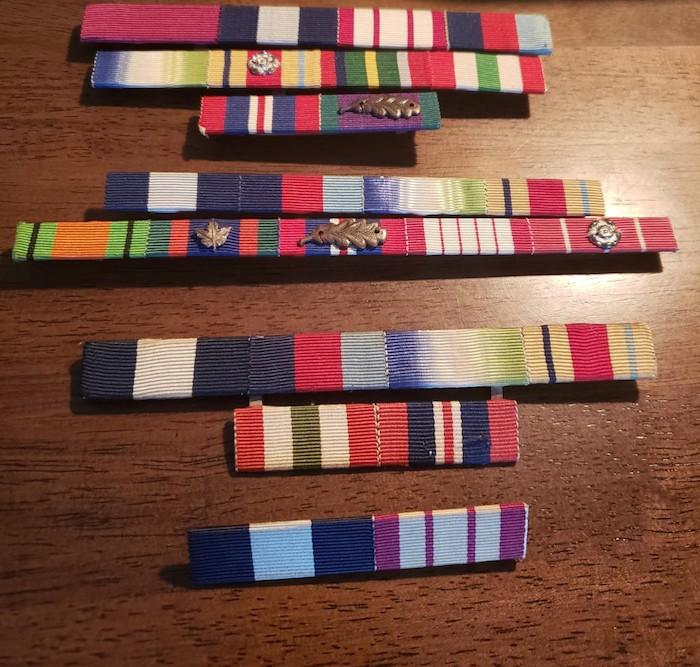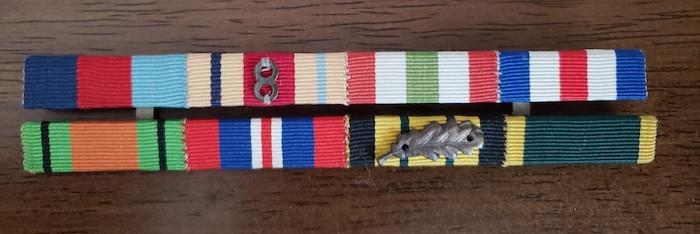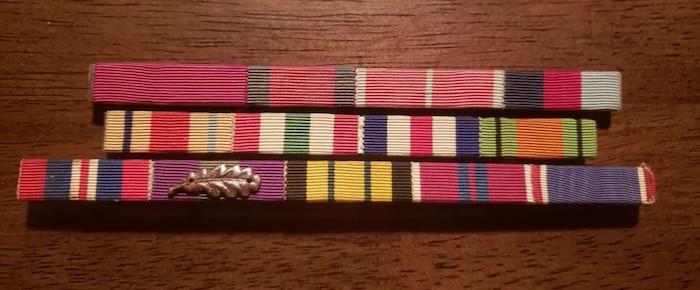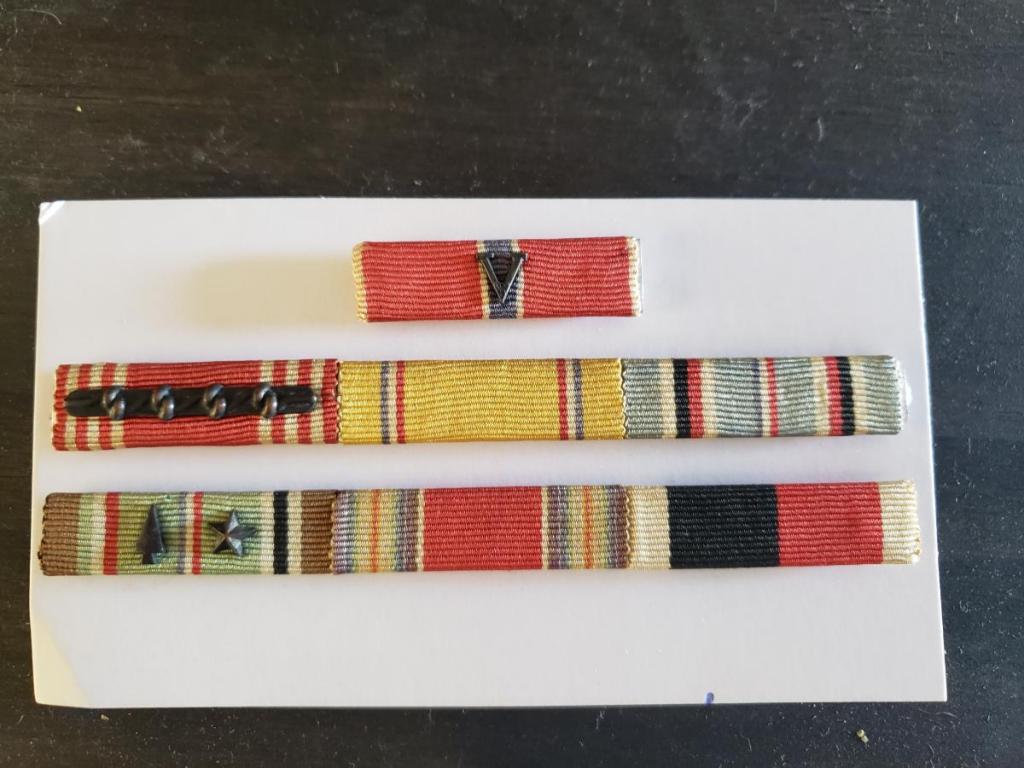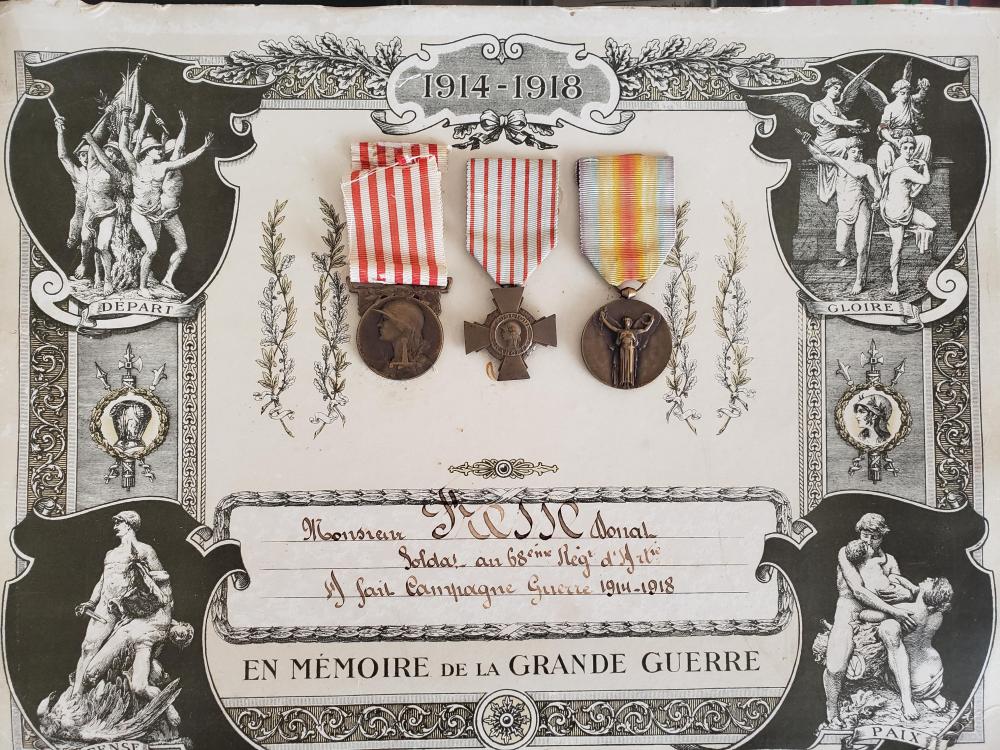-
Posts
257 -
Joined
-
Last visited
About jeffskea

Profile Information
-
Gender
Male
-
Location
BC, Canada
Recent Profile Visitors
The recent visitors block is disabled and is not being shown to other users.
jeffskea's Achievements
-
An interesting double-CB naval bar that seems to have the potential for attribution. Four names are listed in WW1 as having received both divisions: - Rear Admiral Alexander Duff - Rear Admiral Arthur Leveson - Captain Frederic Dreyer - Captain Charles Little The first two passed away before 1935, the third was entitled to a 1914-15 Star, the last seemingly could fit however Little was awarded the Italian Order of Lazarus in WW1. Unless that award was removed during the early War years due to Italy's involvement as an Axis power. I suppose the list of potential recipients could be longer for some naval officers who may have received a Civil CB during WW1 and subsequently received a Military CB post War, I am not aware of when the Navy shifted away from awarding Civil CBs for essentially non operational service. Jeff
-
Hello, With recent historical events surrounding the death of the Monarch, this interesting set is quite poignant and telling for its simplicity. While sole attribution may be unlikely, I'm interested to see how far down one could go. A starting point for me would be the assumption of most likely probabilities: - Post-War enlistment, possibly National Service; - Demise RVM for KGVI funeral, largest group of recipients was the naval gun carriage (list can also be cross-referenced with the 1953 Coronation Roll); - Post-Armistice or support service during Korean War (not uncommon among naval recipients) Guards doubtful, Royal Horse Artillery or Household Cavalry regiments both possibilities and would be interested to find out if either units qualified in any numbers; and - Court mounting does not entirely fit with contemporary naval mounting regs of time (swing mounted overlapping) but not definitive. A combination I have not seen before, appreciate any further insight. Jeff
-
Hello, I'd like to share this draft VC recommendation for Flight Lietuenant Reid, VC, RAF. While I'm not qualified to date it, my impression is it looks authentic and type written on old paper. A very detailed account of Reid's action, included with this original was also a scan of what appears to be the post trip intelligence report, annotated with hand writing that appears to be questions from some authority who was investigating the action to deem if the VC was appropriate or not. If anyone has experience dating type written reports that would be greatly appreciated, I may also see how I can go about getting it authenticated. A small part of VC ephemera but a very intimate and close to the action detail of an incredibly heroic RAF pilot. I will get it nicely framed, would go very nice with a painting of Reid's action that I've seen by a notable aviation painter. Jeff
-
I recently purchased this fine set of miniature medals belonging to Major General Hester, died in service from a parachuting accident in the '60s while in command of the 17th Air Force (posthumously awarded the Air Force Distinguished Service Medal). During WW2 he served in the CBI theatre, including service in China as A-3 of the 68th Composite Wing, which included the military Flying Tigers and successors to Chennault's American Volunteer Group. Hester flew 50 combat missions and likely received his Air Medal after 25 missions and his DFC after 50 missions which was in line with CBI guidelines during that time. His full bio and a nice presentation on some other items of his are found at the links below: https://www.af.mil/About-Us/Biographies/Display/Article/106745/major-general-john-k-hester/ https://youtu.be/4u7eD_fr2LI Jeff
-
This is an interesting set, with the scare arrowhead on the Korean Service Medal. Only three assaults were credited during that conflict, Inchon amphibious landing, Sunchon airborne drop, and Munsan-Ni airborne attack. AFP900 is a USAF resource that lists campaign, unit award, and assault credit to all air force units from WW1 to Vietnam. Searching through the Korean War, I found some interesting info, I could find no air force unit receiving assault credit for Inchon. The only unit I could find that received the Distinguished Unit Citation, arrowhead device and Korean Presidential Unit Citation was the 314th Troop Carrier group, of which 4 of their 5 squadrons received the arrowhead for both Sunchon and Munsan-Ni. There were approx 50 officers per squadron so that narrows it down to around 200 possible individuals whobcpuld have worn this bar, and not everyone would have received 7 Air Medals. Out of 8 million US personnel serving during the Korean War, 200 is not too bad. Jeff
-
Apologies I didn't see a reply to this topic after so long - the star is bronze which leads me to thinking a later campaign like the Rhine crossing, interesting to see only the single campaign without the recipient being wounded. A few very nice early USAF bars to show, really like the Berlin Airlift combos and the Silver Star group is a favorite. After a fair amount of research through the NARA award cards, 8-award Air Medal recipients consistently went to 12th Air Force, with fewer in the 15th and 9th. The lack of DFC emphasizes the Silver Star was likely for a specific act of gallantry to this enlisted aircrew. The Army GCM, NDSM and AF Longevity bar is simple yet this combo has to put the individual in the USAF between 1947-60, post-1946 WW2 Victory and pre-1961 National Defense Service Medal criteria period. Jeff An interesting combo to the Organized Marine Corps Reserve with China Service and no Occupation Service.
-
Hello, It has been some time since posting on this forum, I have posted these on other forums and would like to share some of my growing ribbon bar collection. I am very fond of the British metal-style ribbon bars, and the connection they have to each recipient having been worn, likely more frequently, than the medals they represent. The stories some of these small pieces of ribbon represent make this a very fascinating aspect of collecting. I have Army, Royal Air Force, Royal and Royal Canadian Navy represented below as worn by the following: Army: General Sir Gerald Lathbury, GCB, DSO, MBE - Ox and Bucks Light Infantry and Parachute Regiment - participated in combat jumps at Sicily (DSO) and Arnhem (USA DSC awarded for leadership and escape as commander of 1st Para Brigade); Army: Unknown recipient, however suspect the Efficiency Medal is likely a "Kenya" with associated AGSM and MiD; Royal Air Force: Was able to narrow down to Air Vice Marshal Hubert Desmond Hall, CB, CBE, AFC (KStJ and QCVSA) - Cold War Canberra, Valiant, and Victor pilot, served with No.9 Sqn during 1956 (likely awarded Malaya and Near East clasps to GSM 1918-62), CO of 57 Sqn (Victors), last Air Commander Malta 1977. Not 100% confirmed but most likely recipient, would anyone know of any photos anywhere of AVM Hall? Royal and Royal Canadian Navy: 1. Vice Admiral Sir J.E.L. Martin, KCB, DSC - SNOWI, Commander British Forces Gulf, Deputy SAC Atlantic; 2. Rear Admiral Robert Timbrell, CMM, DSC, CD - first Cdn DSC for WW2 at Dunkirk, Commander of Maritime Command; 3. Unknown; 4. Unknown, perhaps a Fleet Air Arm pilot decorated for Suez. Always enjoy seeing these types of ribbon bars if anyone else has any to share, thanks. Jeff
-
Hello, this is my first U.S. ribbon bar, I really like the original devices and clean but worn look. A question about the one campaign star with arrowhead, understand it could represent a number of amphibious landings or parachute drops, however realistically could it represent late entry into the EAME theater such as the Rhine crossing, with all other wartime service in the US or UK? Jeff
-
Hello, This is my first French WW1 group, the name appears to be a M. Donal Gresse, a soldier of the 68th Regiment of Artillery. The 1914-18 Commemorative Medal has the maker mark of the Paris Mint, and the Victory has A. Morlon inscribed on the lower obverse. Have not been able to find any info on his unit if anyone could hell that would be appreciated. Jeff
-
Thank you for your comments. It makes sense too that this set is not as common because we are more used to seeing EKII/HC combos - with over 5 million EKIIs and over 6 million Honour Crosses to combattants - combattant veterans without any award, even still over a million, do become the minority -and those with late 19th century service even more so comparitively. I would imagine that whoever the veteran was who took the time to have these two medals mounted with an accompanying ribbon button for civilian wear was proud of their service and rightly so. I'm still interested whether any pattern or connection can be made between where the Makers were located and where the veteran applied for their award or whether all makers sent their lots to a depository in Berlin for mass distribution regardless of geographic location. An interesting discussion for two seemingly mundane medals, I appreciate everyone's input. Jeff
-
My gut says it's meant to be the Hindy, the button hole ribbons look and feel contemporary and help corroborate. Is it also possible the veteran could have simply done a stint in the army during the late 19th century, got out then recalled again in 1914? Could he have been a support trade at the front, or even still a rifleman and one of the 2/3 or so of Germans without an EKII or other award? I would imagine the majority of German soldiers came home with no awards, and then only if they applied in 1934.
-
Thanks Don and Chris for the replies - your observations about the hooks leaning more towards 1870 intrigued me so I did a cursory search of past topics - hooks do seem consistently present on 19th century groups, however I did notice similar hooks and ribbon mounting styles also stood out on a fair number of Bavarian groups, including some post WW1 mounted. I'm not familiar with the various mounting styles according to different regions but I find it a very interesting topic I will definitely try to research more.


